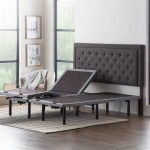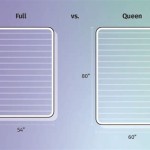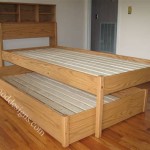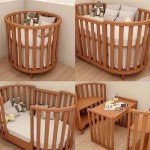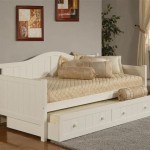Queen and King Bed Size: Essential Aspects to Consider
Choosing the right bed size is crucial for a comfortable and restful night's sleep. Queen and king beds are popular options, but understanding their dimensions and needs is essential to make an informed decision. This article explores the essential aspects of queen and king bed sizes, helping you choose the perfect fit for your bedroom and sleeping preferences.
Dimensions and Space Considerations
The most significant difference between queen and king beds lies in their dimensions. Queen beds typically measure 60 inches (152 centimeters) wide and 80 inches (203 centimeters) long, while king beds are 76 inches (193 centimeters) wide and 80 inches long. King beds offer more width, providing ample space for couples to sleep comfortably without disturbing each other.
However, it's important to consider the size of your bedroom when choosing a bed. King beds require more floor space, so they may not be suitable for smaller rooms. If your bedroom is on the smaller side, a queen bed might be a more practical option.
Sleeping Habits and Preferences
Your sleeping habits and preferences also play a role in your bed size choice. If you prefer to cuddle or tend to move around a lot during sleep, a king bed's extra width will provide you with the space you need. Couples who prefer to sleep independently may find a queen bed sufficient as it allows for enough personal space.
Solo sleepers with a smaller frame may be comfortable in a queen bed, while those with a larger frame or who value extra space might prefer a king bed.
Mattress Type and Foundation
The type of mattress you choose will also influence the bed size you need. Memory foam mattresses, for example, conform to your body, so a slightly smaller bed size might be sufficient. Hybrid mattresses, which combine memory foam with coils, may require a larger bed to accommodate their support layers.
Additionally, the type of foundation you use can affect the perceived size of the bed. A box spring foundation elevates the mattress, making it easier to get in and out of bed. Platform foundations, on the other hand, provide a more minimalist look and generally make the bed feel lower to the ground.
Sheets and Bedding Requirements
Don't forget to consider the bedding requirements when choosing a bed size. King beds require larger sheets, blankets, and comforters than queen beds. While sheets and bedding are readily available in both sizes, it's important to ensure you have the necessary linens to fit your chosen bed properly.
Cost and Availability
King beds generally cost more than queen beds due to their larger size and material requirements. Queen beds, on the other hand, are more readily available and often come with a lower price tag.
When budgeting for a new bed, consider not only the cost of the bed frame but also the mattress, foundation, and bedding. Factor these expenses into your decision to ensure you make a financially sound choice.
Conclusion
Choosing the right bed size is a personal decision that depends on a combination of factors, including bedroom size, sleeping habits, mattress type, and cost. By carefully considering the essential aspects outlined in this article, you can make an informed choice that will provide you with a comfortable and restful night's sleep for many years to come.

King Vs Queen Bed Size Mattress What Is The Difference Nectar Sleep

King Vs Queen Bed What S The Difference Amerisleep
.jpg?strip=all)
King Vs Queen Size Beds Differences Comparison And Benefits

Difference Between King Size And Queen Beds

King Bed Vs Queen B2c Furniture

King Vs Queen Size Mattress Dreamcloud

King Vs Queen Bed Detailed Mattress Comparison Turmerry

Bed Guide 5 Tips On Choosing The Right Size Mattress Archdaily

King Vs Queen Bed What S The Difference Mattress Clarity

Dimensions Of Full Size Bed What Are The Queen Mattresse Mattress King
Related Posts
